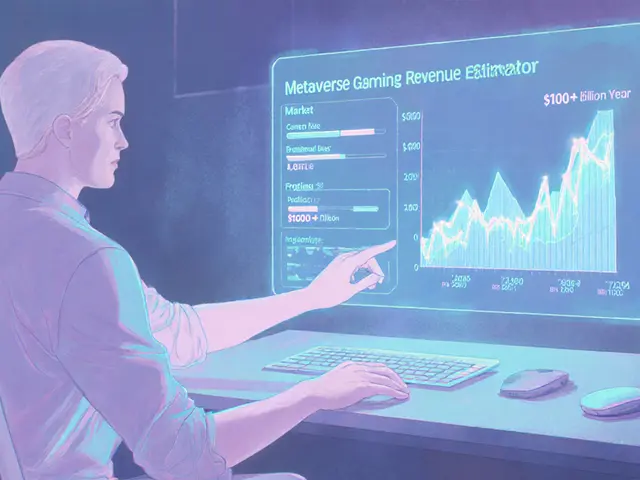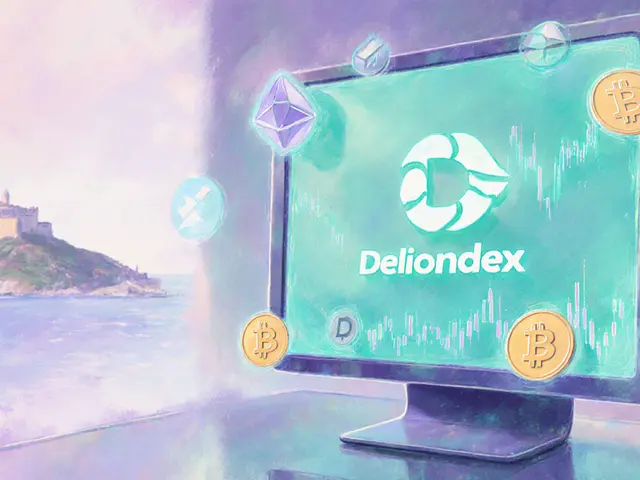Claim PHA Tokens: How to Get Them and What to Watch Out For
When you hear claim PHA tokens, PHA is the native token of Phala Network, a privacy-focused blockchain built on Substrate that lets users earn crypto by contributing computing power. Also known as Phala Network token, it’s not just another meme coin—it’s tied to real decentralized cloud computing. But here’s the catch: most people who think they can "claim" PHA tokens are either confused or being misled.
Phala Network did run official airdrops in the past, mostly for early contributors, node operators, and participants in testnets. If you’re trying to claim PHA now, you’re probably looking at a fake website or a scam ad promising free tokens in exchange for your wallet seed phrase. Real PHA tokens are distributed through verified channels like the official Phala portal or approved partner platforms—not random Twitter giveaways or Telegram bots. You don’t claim PHA by clicking a link. You earn it by running a worker node, staking, or participating in a legitimate campaign that’s been announced on Phala’s official channels.
Related to this are Phala Network, a privacy layer for blockchains that enables confidential smart contracts and decentralized computation, and crypto airdrop, a distribution method where tokens are given out for free to eligible wallet holders, usually to bootstrap adoption. These aren’t random events. Legit airdrops require you to have interacted with the protocol before—like staking PHA, using Phala’s dApp, or running a miner. If you never did any of that, you don’t qualify. And if someone says otherwise, they’re trying to steal your keys.
What you’ll find below are real reviews and breakdowns of projects that promised free tokens—some worked, most didn’t. You’ll see how people got burned trying to claim PHA, how scams mimic official sites, and what actually gets you tokens versus what just drains your wallet. No fluff. No promises. Just what’s real, what’s fake, and how to tell the difference before you lose money.

Learn how to claim 30 PHA tokens from the Phala Network airdrop before November 20, 2025. Requirements, steps, risks, and what happens after the Polkadot parachain shuts down.
Jonathan Jennings Nov 20, 2025




